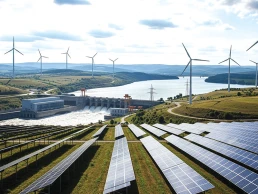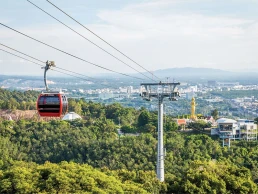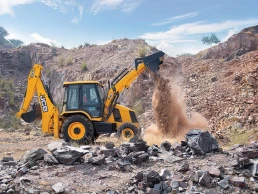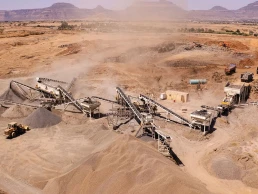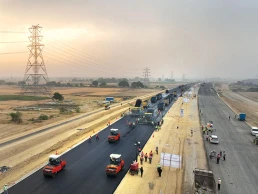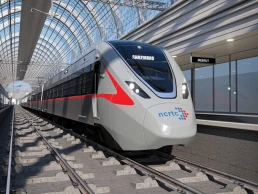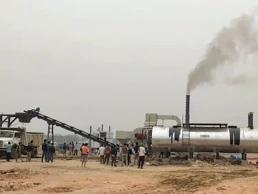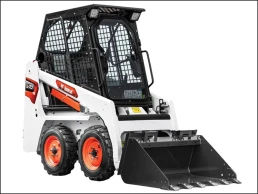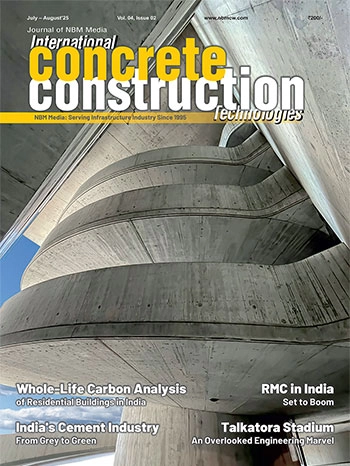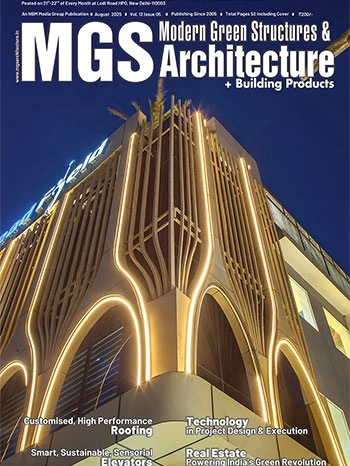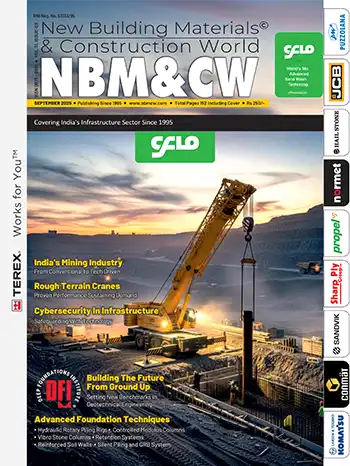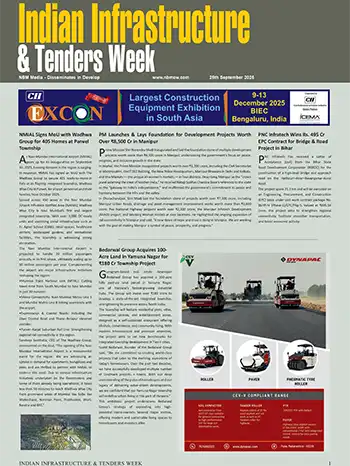Suitability of Reinforced Soil Walls for Hill Areas with Low Bearing Capacity
A case study on the ADB assisted Imphal-Kangchup-Tamenglong road project.
For Rubee Kongbrailatpam, Senior Project Manager with the Government of Manipur, and Ashish Ranjan, Sustainable Development Manager at ADB, the Imphal–Kangchup–Tamenglong road was proof that reinforced soil walls with geogrid and geocell reinforcement could disperse loads, drain monsoon waters, and flex under seismic shocks where concrete failed, making a near-impossible mountain road a reality.
Building mountain corridors demands balancing infrastructure needs with environmental sensitivity. Scarce construction space, steep natural slopes, weathered rock, long wet seasons, heavy rains, and high seismicity, punish rigid gravity or reinforced-concrete retaining walls. Reinforced-soil walls (RSWs) built with modern geosynthetics such as geocell / geogrid reinforcement, spread load, tolerate movement, admit and manage water, and can be erected with modest logistics using locally engineered soils. Drawing on field experience from the ADB assisted Imphal–Kangchup–Tamenglong (IKT) road in Manipur, India, and on established design literature, this article explains why and how reinforced soil walls are technically and economically well-suited to hill areas challenged with low bearing capacity, and sets out practical design, quality and construction notes for international practice.























